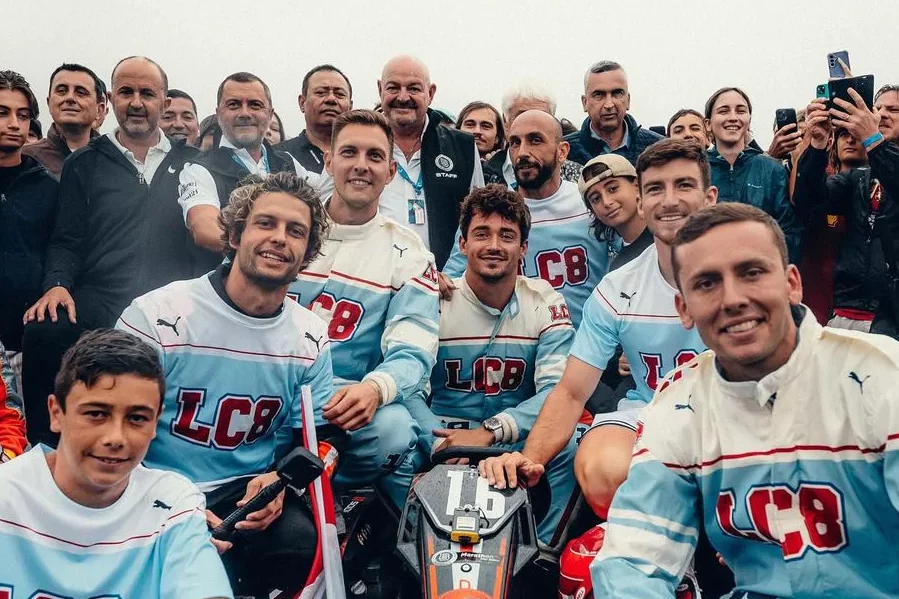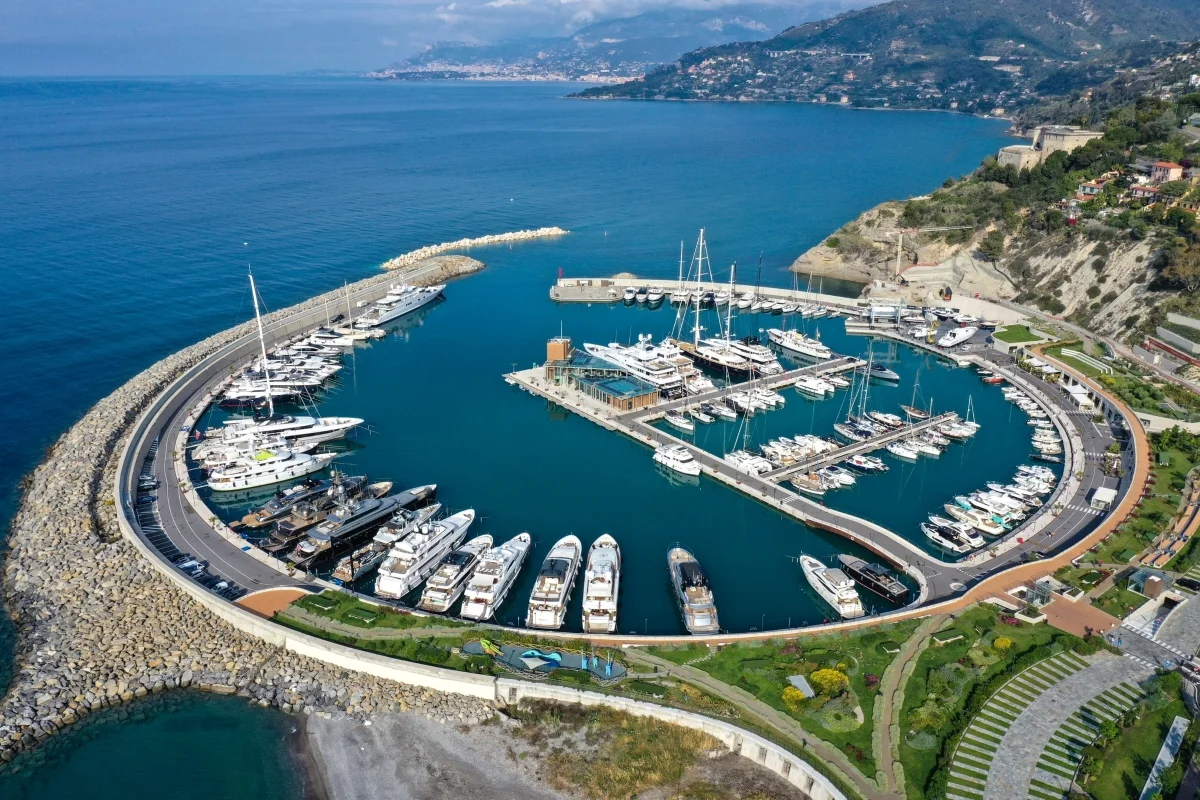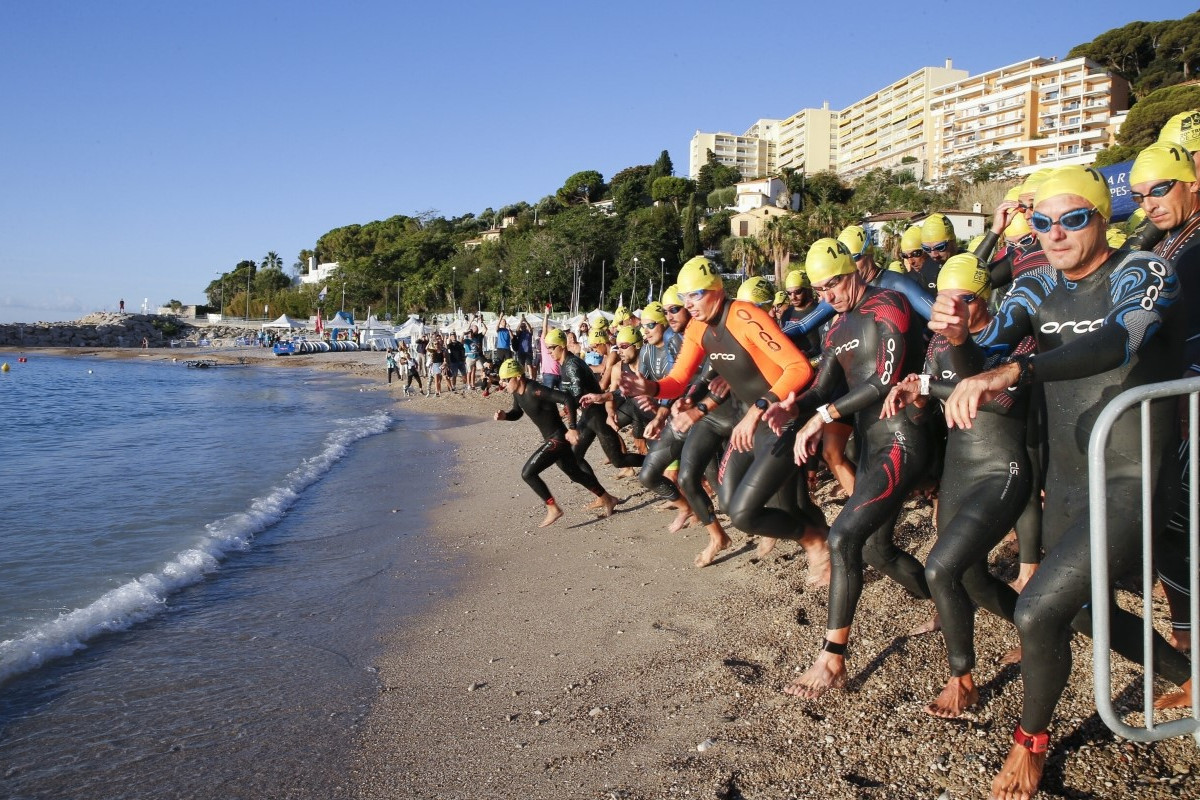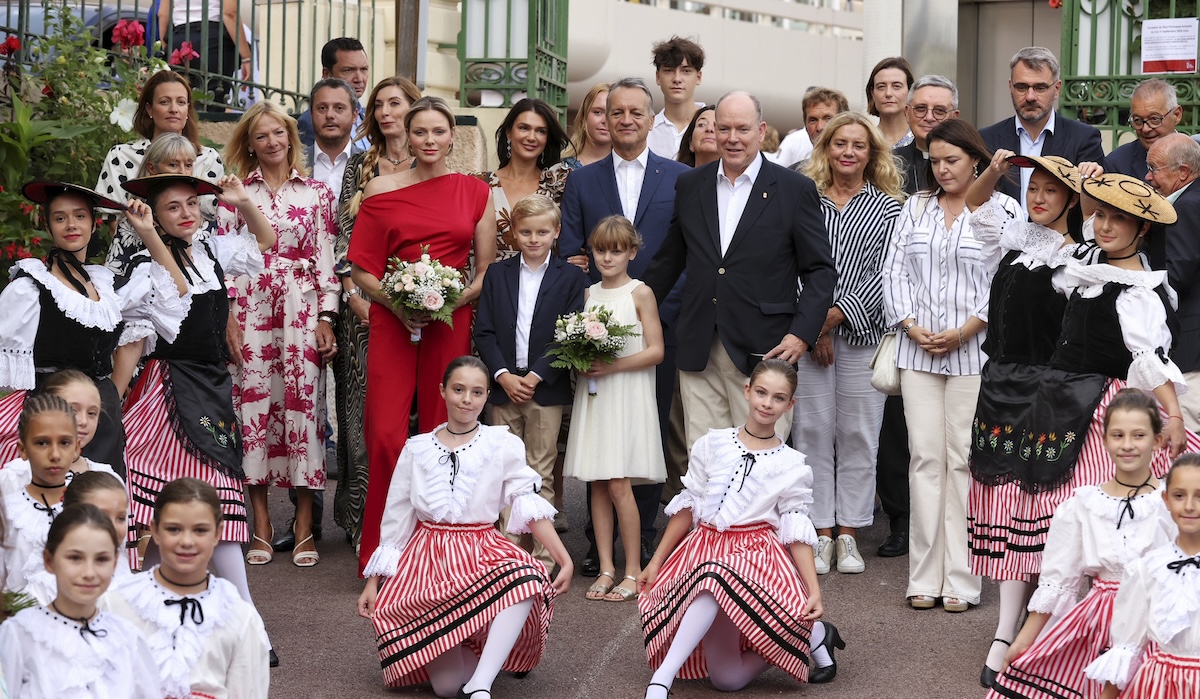Graffiti has come a long way from its rebellious roots, and no one understands that better than Mr. OneTeas. Monaco Life Features Journalist Celina Lafuente caught up with the street artist to discuss how his work promotes social connection and challenges perceptions through powerful imagery.
Modern Graffiti is said to have begun in big cities in the USA, such as New York and Philadelphia, in the late 1960s and then spread worldwide through the 1980s. In the Big Apple, for example, young people wrote their names in pen on walls around the city. However, over the years, graffiti has evolved from a form of vandalism to a legitimate art form. In the 1990s and 2000s, many graffiti artists started spray-painting pictures, some about politics, while others wanted to make their towns beautiful by painting walls with colourful images. This evolution has allowed artists like Mr. OneTeas to use graffiti as a platform for social connection and change.
While unauthorised graffiti is associated with vandalism and decay, street art – with proper town permits – has been transformed into a powerful tool for social liberation, serving as a platform for self-expression and dialogue, particularly for marginalised communities. In some countries, artists are given specific areas to paint, and in the Principality, there is an annual street art festival called UPAINT Monaco featuring international artists.

The reality is that graffiti is becoming very popular and is one of the most significant movements. It is rapidly growing as an art form, transforming cities into alfresco exhibitions. For the artists involved, graffiti provides a sense of identity, a medium for creativity, and a means of validation in the public eye. Contemporary analysts and art researchers recognise graffiti as a legitimate form of public art that can potentially facilitate social and cultural change, favouring tolerance and compassion among diverse communities.
Mr. OneTeas’ work transcends the boundaries of mere art; it is a catalyst for change. His powerful imagery and unique perspective confront societal issues, ignite conversations, and inspire transformation. His work, which can be found in major international cities such as New York, Paris, Brussels, Porto, and Prague, connects people from diverse backgrounds and makes them feel part of a larger movement. He currently has an atelier (studio) near the Principality of Monaco, in the charming medieval town of Dolceaqua, Italy.
Monaco Life: Where are you from, where have you travelled to, and how does that affect your art?
Mr OneTeas: I had the privilege of growing up in the Paris region, the French Riviera, and Monaco. I emanated from the graffiti world, so I have been mastering my art skills since 2004 by traveling to different countries. The experience gained in various corners of the world, and the interaction with people from diverse social environments, have enabled me to acquire a broader perspective on art and life itself.
The Principality remains my adopted country, which has provided me with vast international exposure, thanks to the connections I’ve made here and the opportunities continuously offered to me.
My diverse social background and open-mindedness have allowed me to be versatile in my art, exploring various mediums and techniques. I am curious and self-taught, always eager to learn and create unique works. The essence of my work lies in conveying messages and creating meaningful pieces without compromising on aesthetics, but always with a focus on sharing a message that engages and intrigues the viewer.
Is there a specific environment or media that’s integral to your work?
As a full-time professional artist based in Monaco since 2011, I have experienced the use of various mediums in different ways, such as murals, canvases, installations, scenography, and even artistic direction for other occasions.
Since 2012, my work has focused on reclaimed and recycled materials. I reinterpret objects that once held significance but no longer do or are simply destined for destruction by salvaging, transforming, and repurposing them to convey my messages through my artwork. To give you a few examples, I have worked with medicine boxes, cardboard, floppy disks, video cassettes, wooden crates, and even banknotes from currencies that no longer exist today.
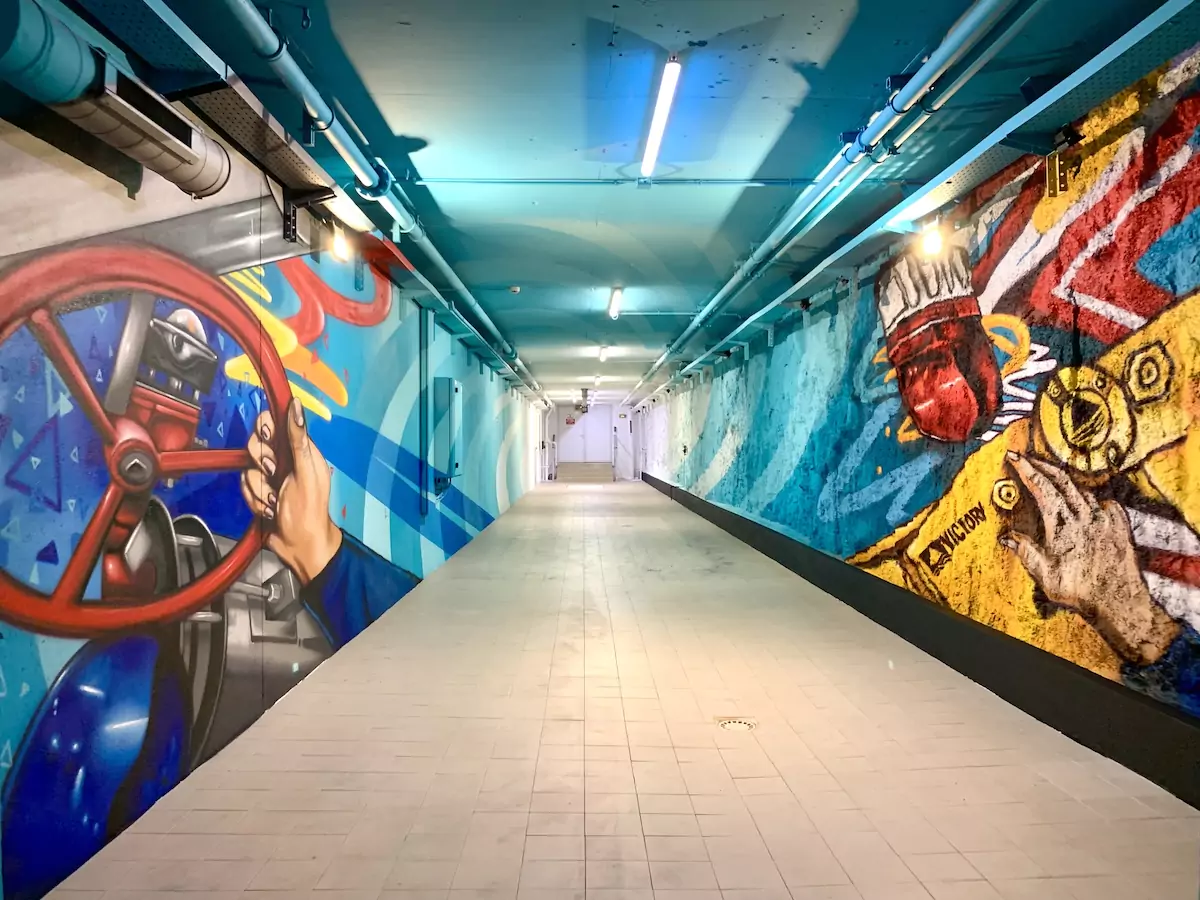
What inspires you, and how does your work specifically address societal issues?
I find inspiration in the world around me and current events—sometimes even in the absurdity of everyday moments we all go through without even realising it.
My natural inclination is to bring people together, as I deeply love humanity. I have initiated numerous projects to connect people, making them active participants in a project that conveys a standard message, an idea more significant than just ourselves. The power of a project lies in the collective support it receives, and the act of being together strengthens these ideas, making the audience feel connected and involved.
Through this passion that became my profession, my goal has always been to support worthy causes. Whether it’s the fight against AIDS, cancer, specifically paediatric cancer, children’s well-being and women’s protection, inequalities, or environmental and ecological issues, the idea has always been to use this yearning in my heart to bring positivity and do good for humanity.
The Inside Out Monaco project was a significant initiative back in 2016. Could you tell us more about it and its impact?
Inside Out Monaco was part of the people’s art project launched worldwide by the “urban ARTivist” photographer JR in 2011. I had the privilege to be the ambassador, creator and executor in the Principality. The main idea was to show the world the true face of Monaco and change the preconceived notions people abroad have about the Principality. My objective was to showcase the faces of the many people who work there. Monaco welcomes thousands of working people daily from neighbouring countries—80% of employees are not residents.
Creating this project on a large surface wall in the middle of the Formula 1 Grand Prix circuit was the best way to show the world, the smiles of all those who contribute daily and help this magical place continue to shine. We not only showcased the diversity and humanity of Monaco but also brought people together in a shared appreciation of the city’s unsung heroes.
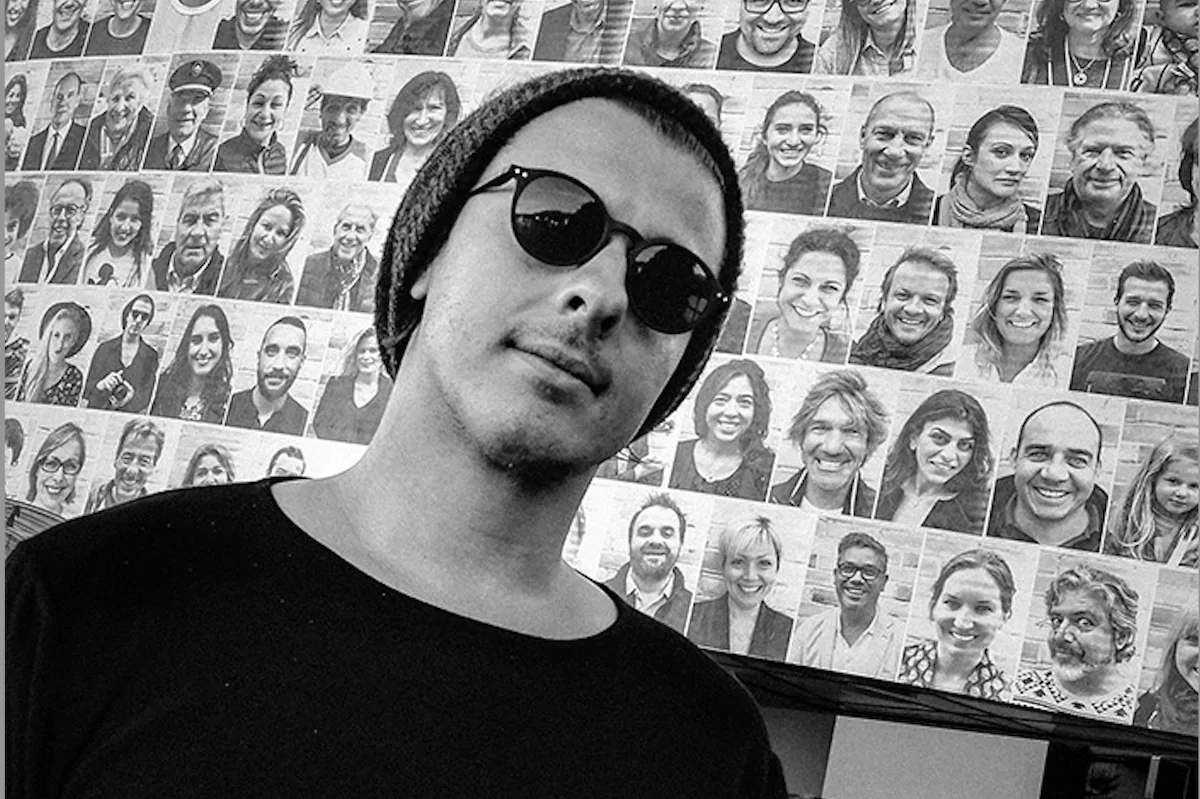
In your opinion, has graffiti attained a unique position in the contemporary art scene?
The graffiti scene has significantly impacted the world since its beginning in the late 1960s. It took a long time before it made its mark on the world of contemporary art as we know it today. This phenomenon has exploded because it is a prolific movement within every artist who creates and executes it daily. There are as many ways to view graffiti as there are artists who make it. Bringing drawings, colours, and messages into the world allows it to continue moving forward and constantly evolving.
How do you distinguish graffiti from urban art or mural painting?
Everyone has an opinion on the difference between graffiti, urban art, and murals. Originally, graffiti was a tribal movement aimed at marking territories, and then it evolved. It has become what it is today, a hybrid of all these terms we’ve just used: graffiti, urban art, street art, and muralism.
The only way to qualify this large group is as an artistic urban vision. As I mentioned, it’s about bringing colours to change the world.
In your opinion, who are the leading influencers in the world of graffiti?
The first influencers of the graffiti movement were prehistoric humans and the caves of Lascaux, who left their marks to tell stories or signify their presence. Then, all the people who marked their eras, like those of the pyramids, with Egyptians carving hieroglyphs into stone and all the various tribal forms of marking space. But graffiti has transcended ages, using the modern form of pressionism with the advent of aerosol spray cans.
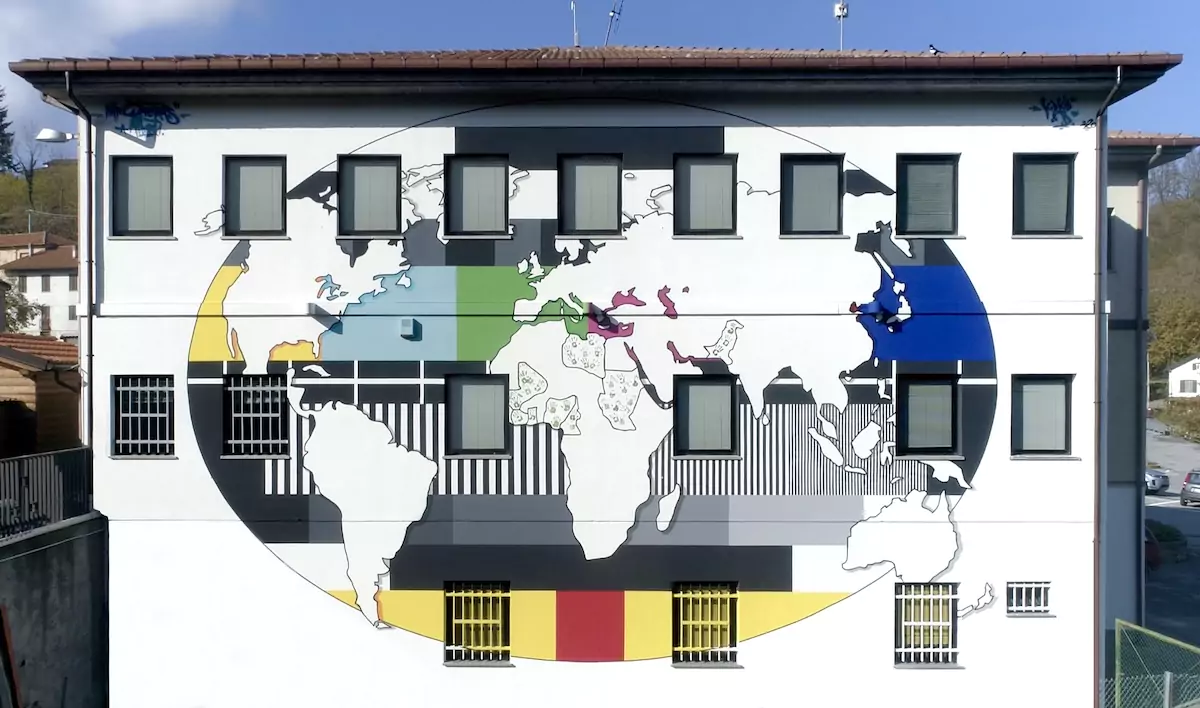
As for modern graffiti, I could mention Jacques Villeglé, Ernest Pignon-Ernest, or Blek le Rat, who greatly influenced the legendary and well-known Banksy. I could add Shepard Fairey or even Futura 2000, one of the pioneers of the graffiti movement who painted with Jean-Michel Basquiat, Keith Haring, and Rammellzee. They were part of the entire American culture wave that breathed life into the hip-hop and graffiti movement we know today.
Do you have a network of other artists, and how do they support each other?
In the graffiti world, we grow alongside groups called graffiti crews. I have been part of several: NMI Zéro, 065, 711, Los Gringos. I’ve maintained precious connections with some of the members, which will remain forever. These encounters leave a mark and change the course of your life, like Krash2 in 2004, who handed me my first spray can, or 2Vice, with whom I developed my sense of precision and organisation in my early days. Then there are the Gringos, with whom I always enjoy reconnecting, and the Great Zuzur, who has been by my side for nearly 20 years and even more so in the last three years.
As I mentioned, I love people, art, and artists, and I’ve always held to the principle of bringing people together. I continue to organise events and collective exhibitions where I gather and unite the people I appreciate, whose work I admire, and with whom I share artistic and human values.
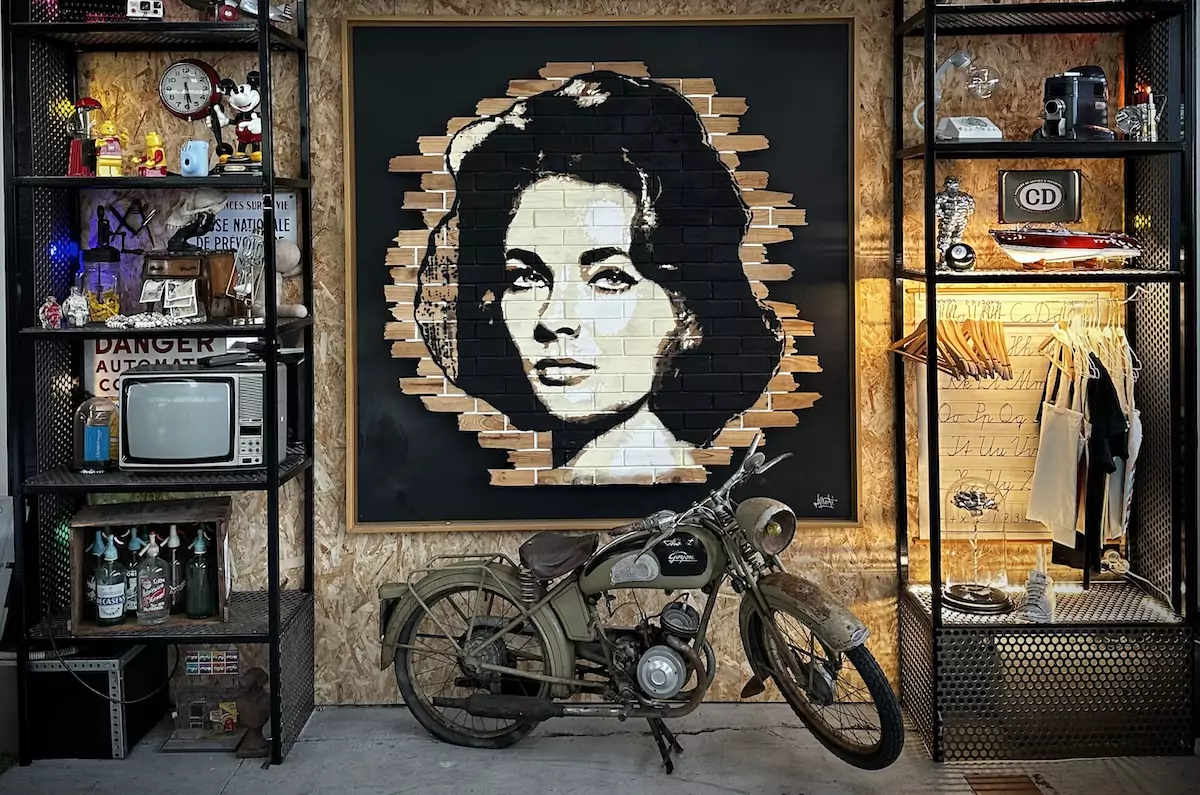
Can you tell us about your goals, coming projects, and dreams?
One of my goals was to have an exhibition in a museum before I turned 40, which I achieved in 2018 with my Reality Show at the Galerie Olympia Museum in Nice, which showcased more than 100 works.
Over the past three years, I have been creating an Art Studio in Dolceaqua, a sort of temple, a home, a place to create, exchange, and share, a gathering place like a sacred space dedicated to art, where one feels free to exist.
As for an artistic project, I plan to organise a sizeable collective exhibition in a public space in Monaco. I’m also working on a new solo exhibition for the fall of 2025 and a return to New York 10 years after my invasion with the Wack Donald’s Project. I have more plans that I will keep under wraps for now.
I’ve been living off my passion since 2011—what more could I dream of, other than continuing to do what I love, sharing it with as many people as possible, and working on projects to advance humanity while enjoying life with my wife, watching our son grow up, and helping him become a good human being, conscious and aware?
To see more, visit: https://www.instagram.com/mroneteas/
Monaco Life is produced by real multi-media journalists writing original content. See more in our free newsletter, follow our Podcasts on Spotify, and check us out on Threads, Facebook, Instagram, LinkedIn and Tik Tok.
Main photo: Anthony Alberti, aka Mr OneTeas, in front of one of his murals Resonances Urbaines Festival, Saint Raphael, France 2020, credit: Philippe Gambini
See also:
UPaint auction raises €31,000 for FPA2 and Monaco SPA animal shelter

